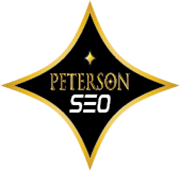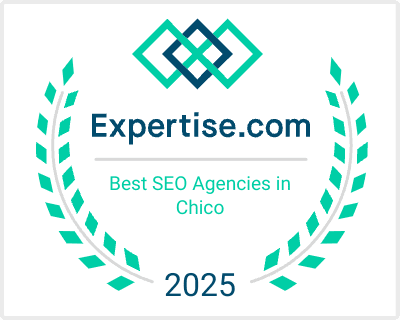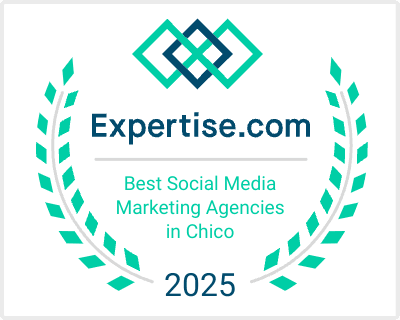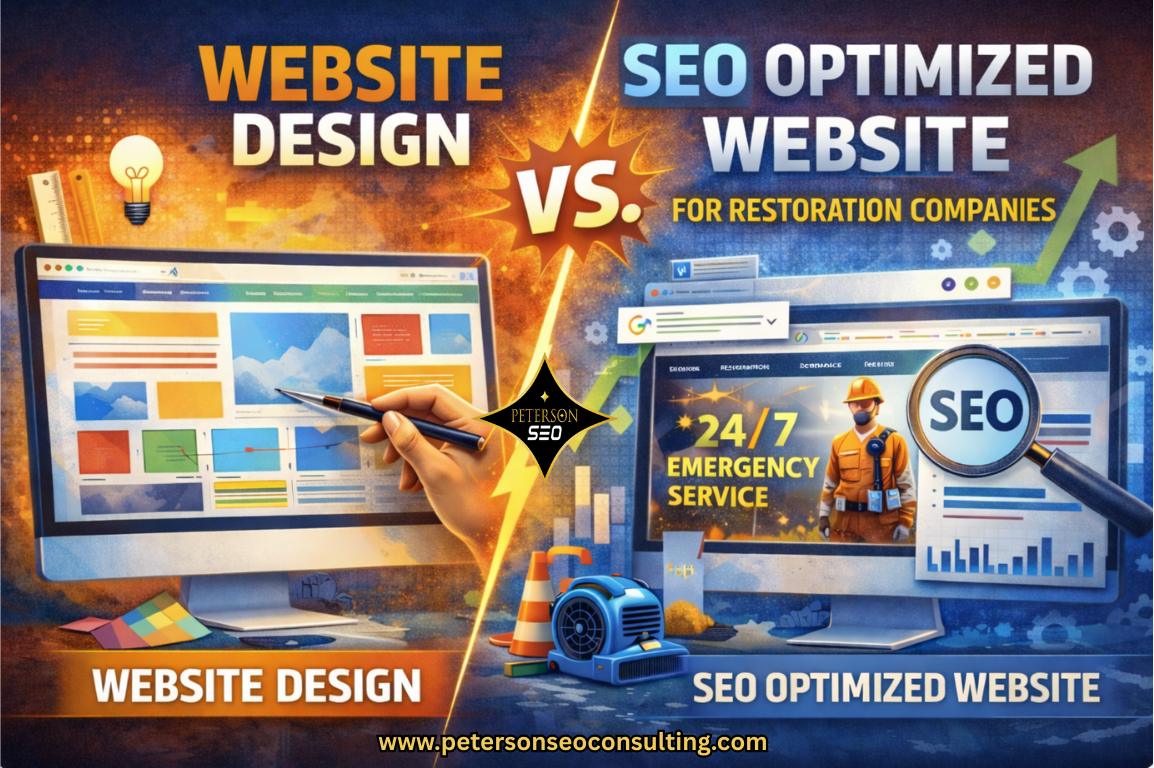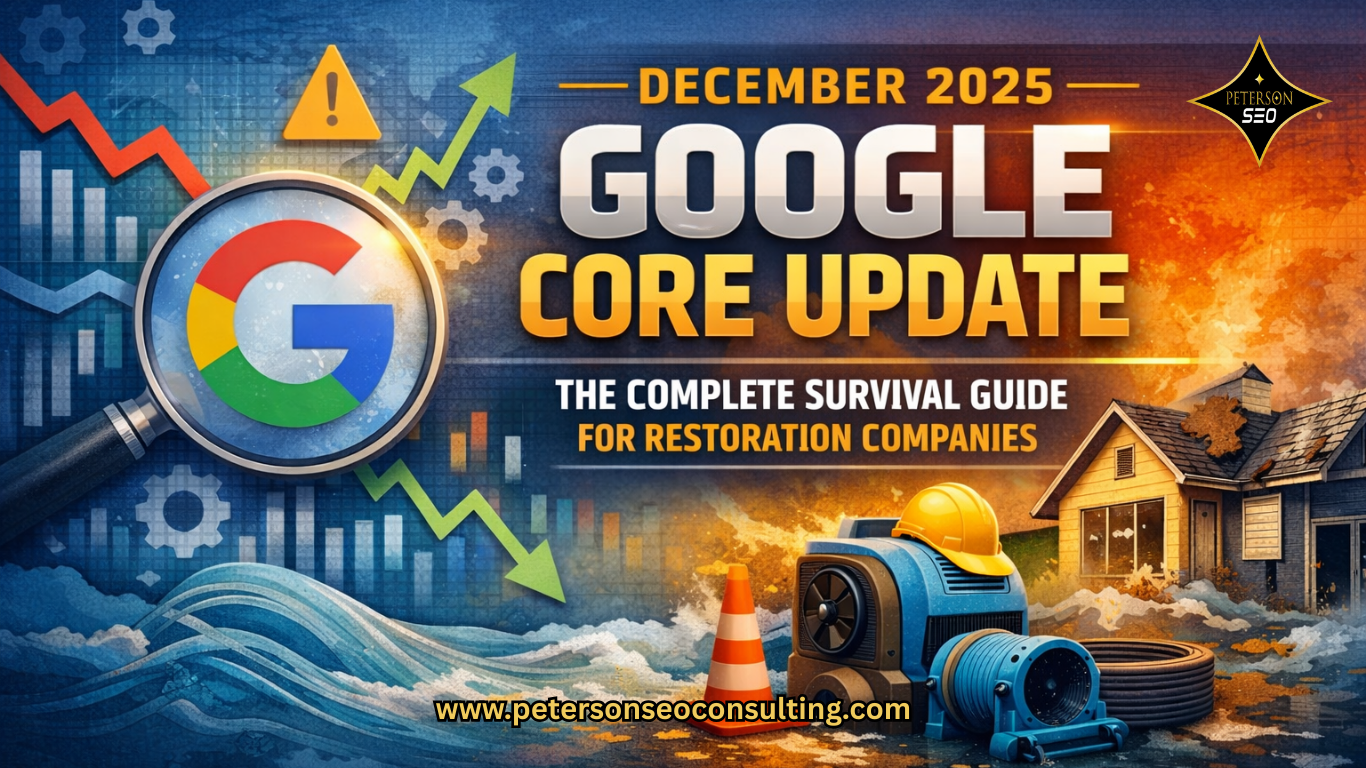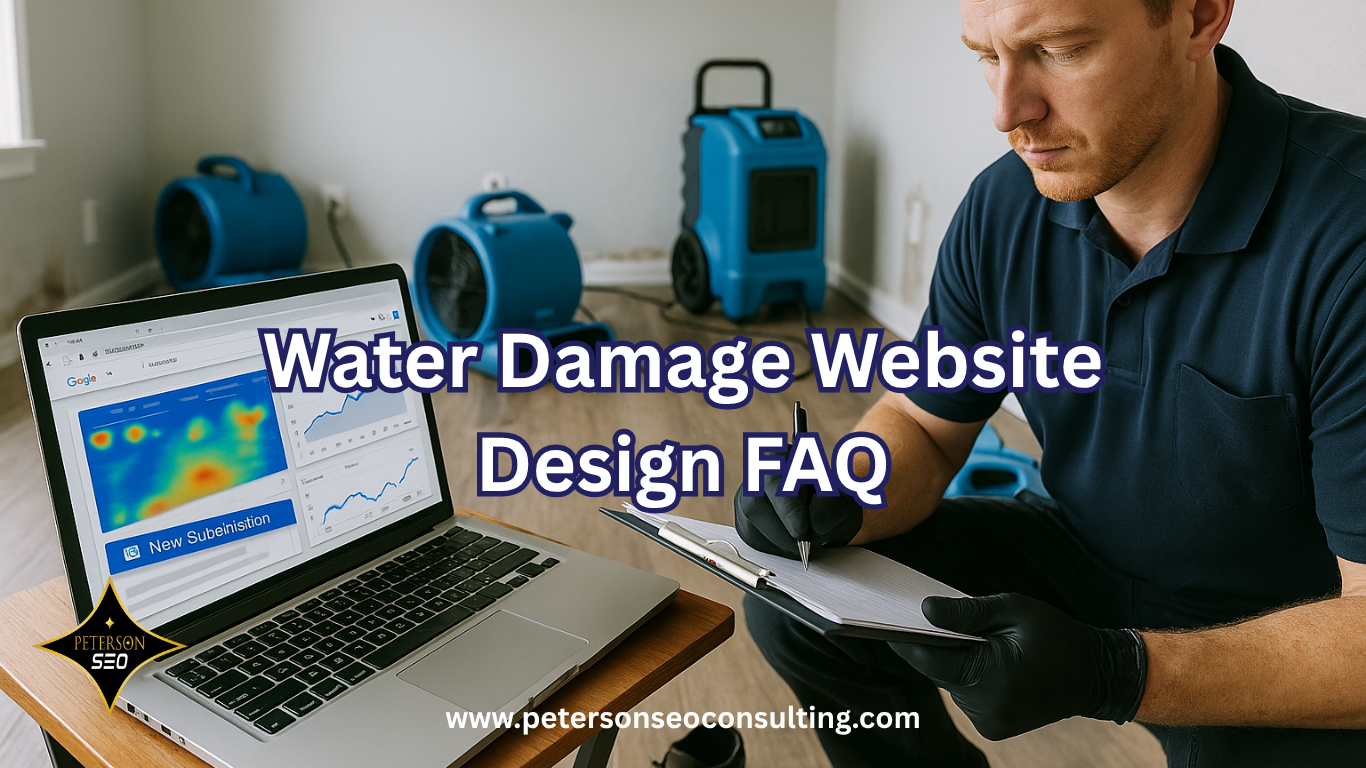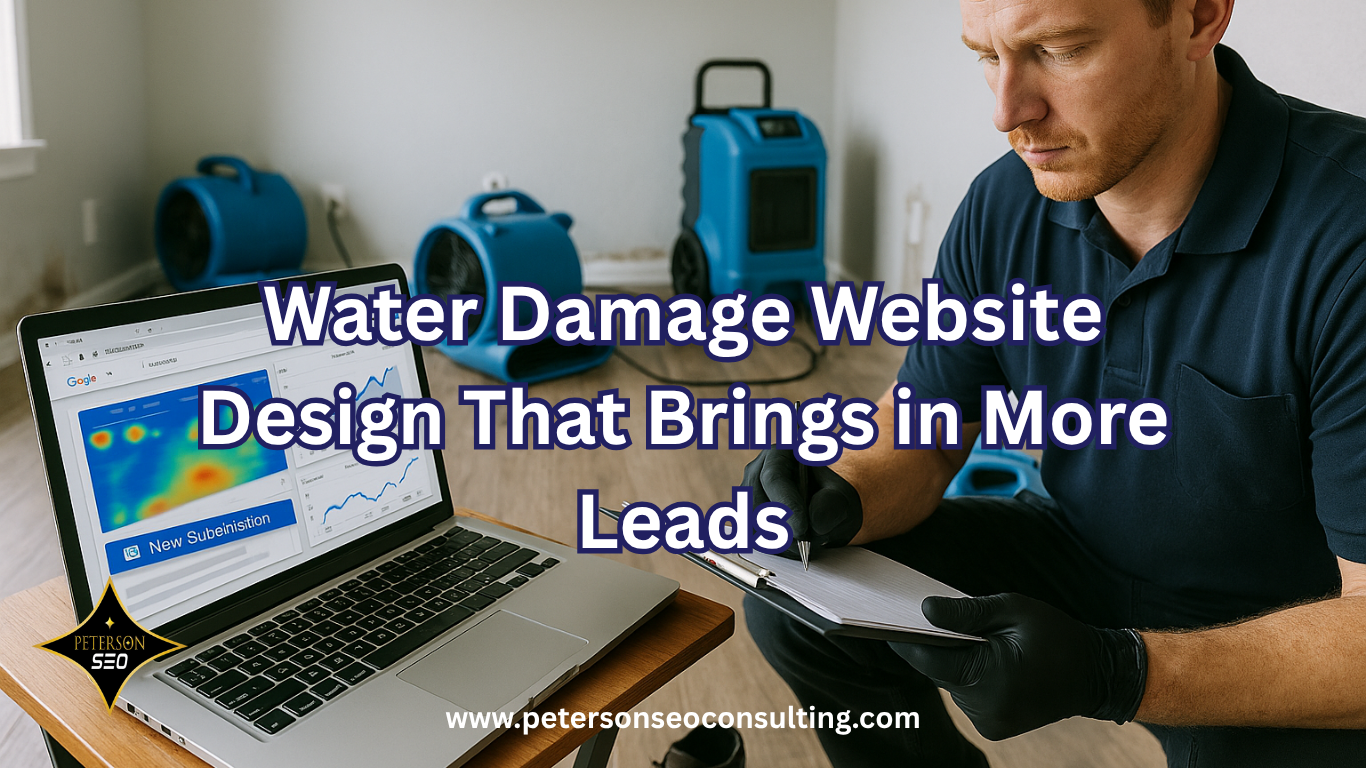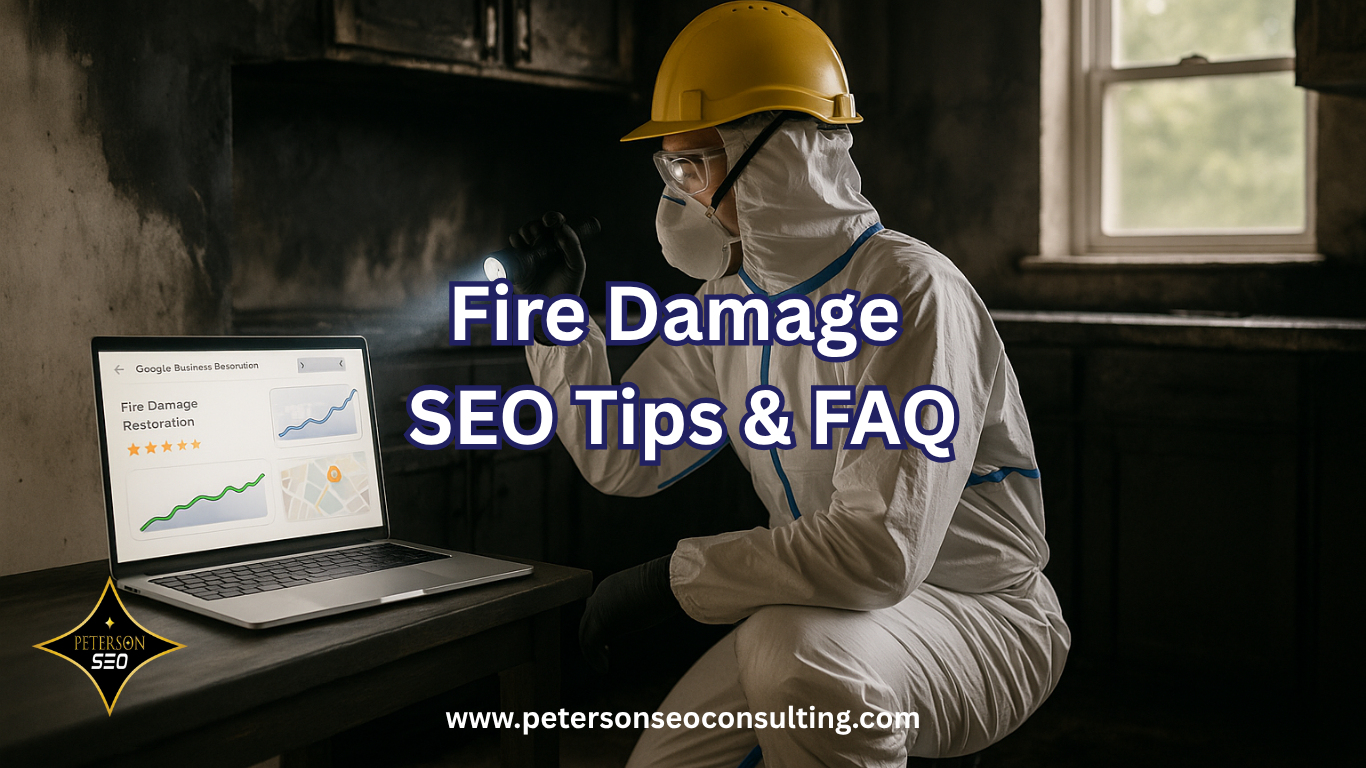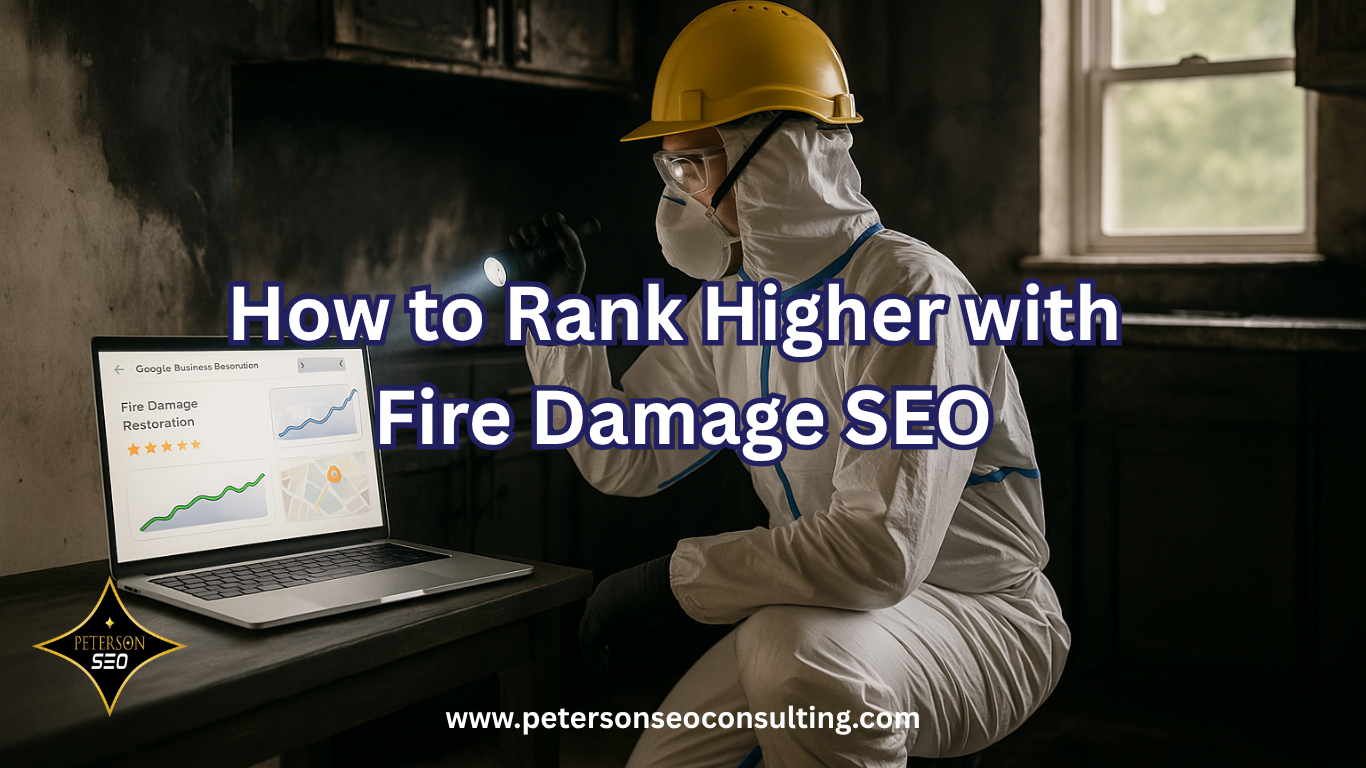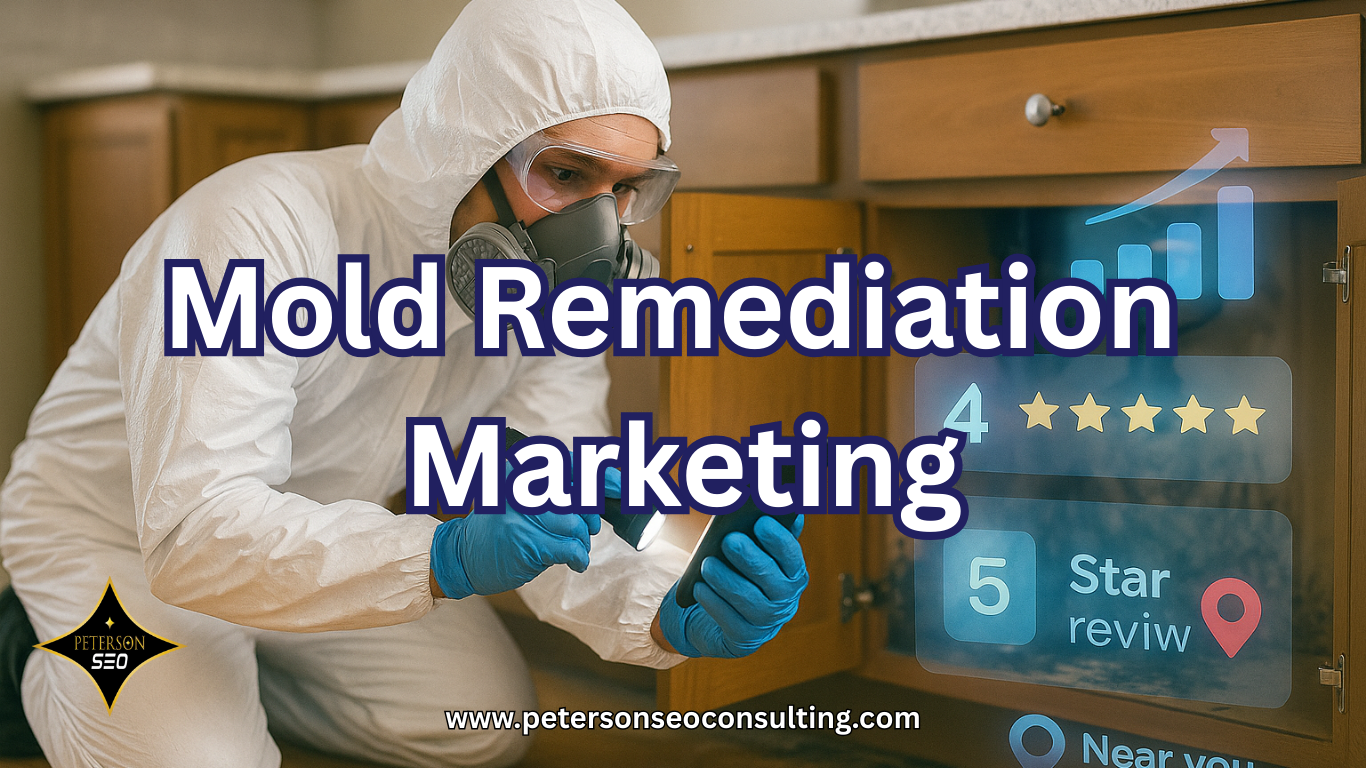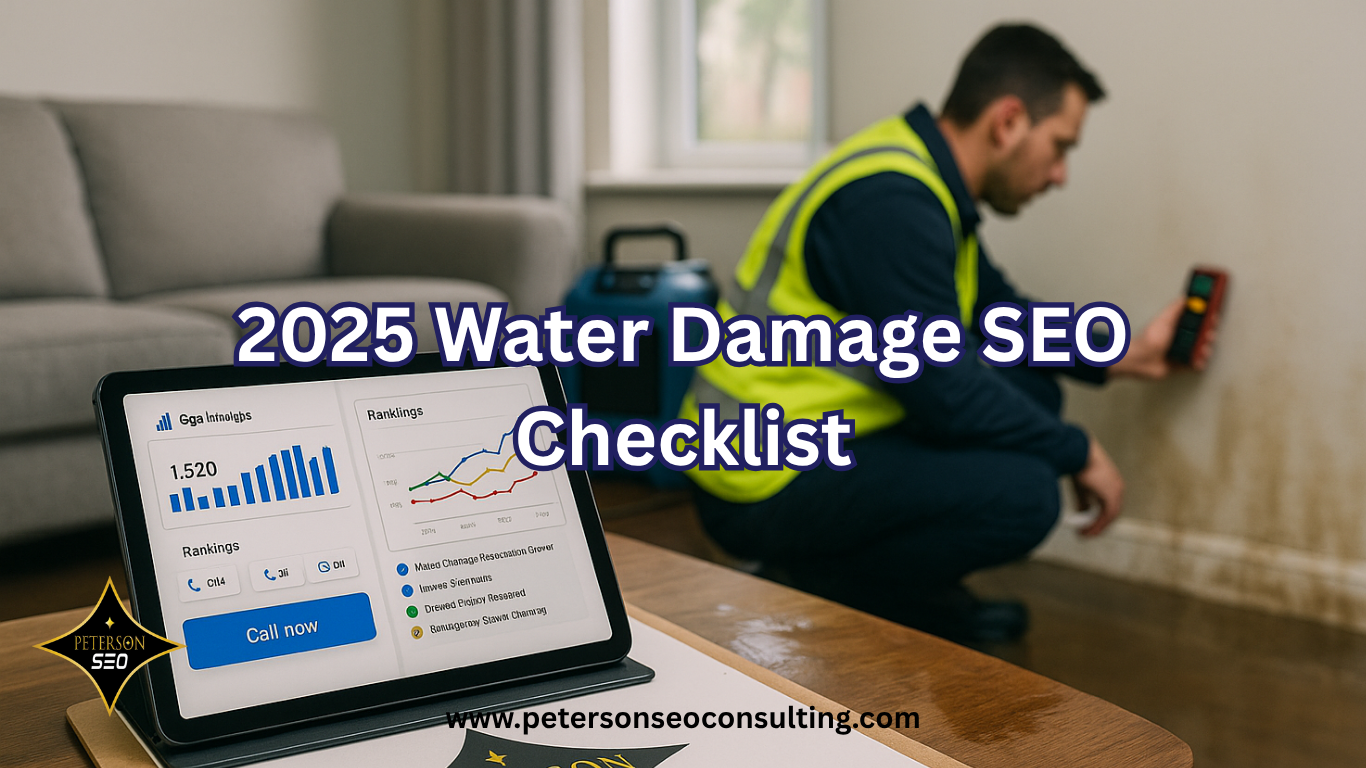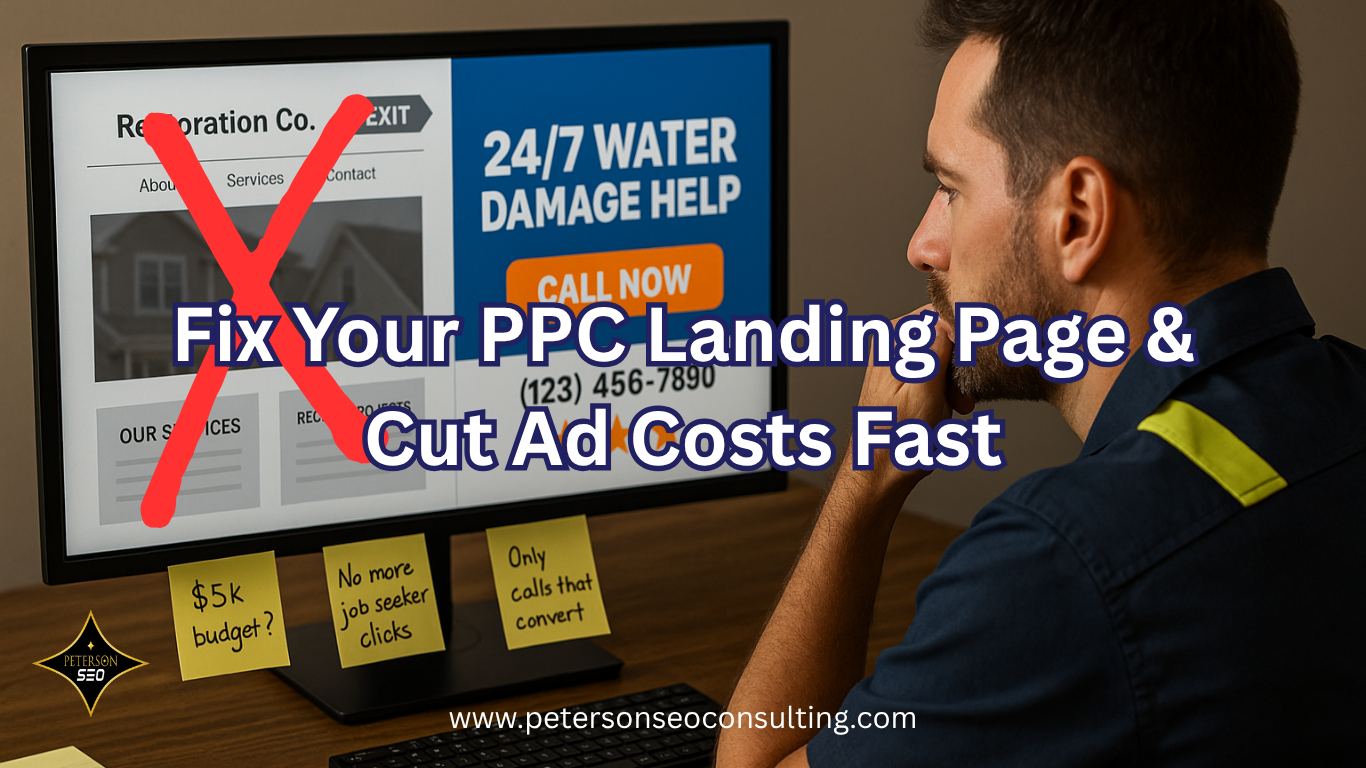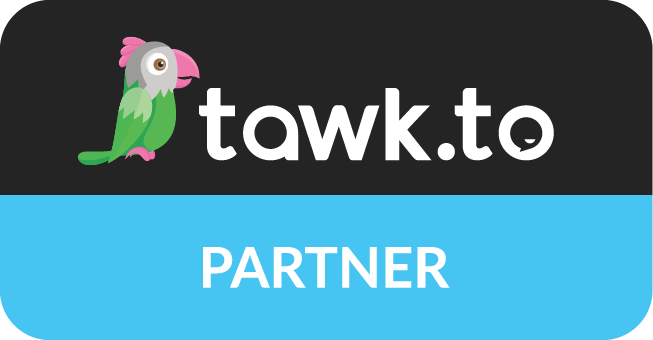How to Rank Higher with Water Damage SEO That Brings Real Leads
July 7, 2025 | Chico, CA | Albuquerque, NM | USA
If you're in the restoration industry, you know one thing for sure—water damage jobs are some of the most profitable and time-sensitive calls you can get. But if your company isn’t showing up online when someone searches “water damage repair near me,” then you’re missing out on serious business. Homeowners don’t wait. They click the first few results they see, and if your website isn’t one of them, you’re invisible.
That’s where water damage SEO comes in. It’s not just about getting found; it’s about getting found by people ready to hire. The right SEO strategy brings your website to the top of Google when it matters most. And unlike paid ads, the traffic keeps coming long after you stop spending. In this article, we’ll break down how SEO works for water damage restoration, what you need on your site, and how to finally get results.
Why Water Damage SEO Matters More Than Ever
Most people don’t have a water damage company on speed dial. When a pipe bursts or a sump pump fails, they go straight to Google. They type something like “emergency water damage cleanup in [their city]” and start calling whoever shows up first. If your company isn’t ranking, you’re missing that opportunity.
That’s why investing in restoration SEO is no longer optional—it’s critical. Especially for water damage, where buyers have urgent intent. Unlike someone researching remodeling ideas or reading about mold prevention, a water damage lead is a hot lead. They want help now, not tomorrow. That’s what makes water damage SEO one of the highest-ROI digital strategies in the restoration space.
Why Google is the First Place Homeowners Turn
In an emergency, no one scrolls through Facebook or Yelp first. They grab their phone and open Google. That’s where you need to be, and you need to be near the top. Organic search results often get more trust than paid ads, especially when they’re backed by local reviews and visible Google Business listings.
People also search on mobile devices while standing in flooded basements. They don’t have time to dig deep. That’s why showing up high, fast, and with clear messaging is crucial. A solid SEO presence makes your company easy to find and quick to trust.
Paid Ads Stop—SEO Keeps Working
PPC ads are great for fast traffic, but they come with a catch—the second you stop paying, the clicks stop. SEO, on the other hand, is an investment that keeps giving. Once your site ranks, it continues to bring in traffic month after month. That’s long-term value you can count on.
When done right, SEO also brings in better quality leads. These are people who found you because they searched specifically for your service. They’re not clicking because of a flashy headline—they’re clicking because you’re the answer to their problem.
The Importance of Targeting Both Water Damage and Restoration SEO
Many restoration companies try to rank for broad terms like “restoration services,” but those searches are often too vague. Most of the time, they don’t convert into paying customers. That’s because people looking for general restoration information are often in the research phase, not ready to buy.
But water damage-related searches are different. They’re specific. They signal urgency. Ranking for terms like “emergency water damage cleanup [city]” or “24/7 water extraction” puts you in front of homeowners who need help right now. That’s why targeting both water damage SEO and broader restoration SEO matters—they work together.
Serving Specific Needs in Search
Water damage is often the first service a customer looks for, but once they hire you, they may need mold remediation or reconstruction too. By targeting both service-specific and general restoration terms, you show up for every step of their journey. This keeps your pipeline full and builds long-term trust.
If you’re only optimizing for one or the other, you’re leaving money on the table. Think like a customer—if they’re searching for help, what would they type? That’s what your SEO needs to match.
Showing Up for the Right Searches at the Right Time
Timing matters. Water damage searches often happen at night, on weekends, or during storms. Your SEO strategy has to be working 24/7. That means showing up in Google’s local pack, ranking for emergency keywords, and being present across your entire service area.
When someone’s dealing with a water emergency, they don’t read five websites. They call the one that shows up and looks ready. That should be you.
How to Structure Your Website to Rank Locally
Your website is more than a digital business card. It’s the engine that drives your visibility. And how it’s structured matters. Google scans your pages to understand what you do, where you do it, and who you serve. If your website isn’t set up the right way, your chances of ranking drop fast.
Start with dedicated service pages. Don’t cram everything into one homepage or a general “services” section. Each core offering—water damage, mold remediation, fire damage, biohazard cleanup—deserves its own optimized page. This helps Google match your content to real-life searches.
Service Pages That Match Search Intent
When someone types “water damage repair near me,” they expect to land on a page that talks about water damage—not a page listing ten services in two paragraphs. That’s why you need full pages for each core service, with detailed content, internal links, and local keywords.
Your water damage page should talk about the types of issues you solve (flooding, burst pipes, leaks), your response time, insurance support, and your local service areas. It should answer their questions and guide them to call.
Local Service Area Pages and Service-Specific Location Pages
If you serve multiple cities, you need individual service area pages—not just one big list. For example, a page targeting “water damage restoration in Sacramento” should be different from one for “water damage cleanup in Roseville.” Each should have unique content tailored to that location.
Also consider service-specific city pages like “mold remediation in [city]” or “fire damage repair in [city].” These help you rank for more combinations of keywords and give Google clear signals about your local relevance.
SEO is the Foundation of AEO—Content That Feeds the Algorithm
According to a detailed SEO Starter Guide by Google itself, websites that focus on creating clear, useful, and authoritative content perform best in search. They advise building pages with the user in mind, using headings, internal links, and structured data to help Google understand the site's purpose.
You’ve probably heard about AI taking over search results. But here’s the thing: AI can’t pull answers from your site if it doesn’t understand your content. And it won’t understand your content if your SEO is weak. That’s why your SEO is the foundation of AEO—Answer Engine Optimization.
Google, Bing, and even tools like ChatGPT are pulling answers from websites that are well-structured, locally relevant, and authoritative. If your content doesn’t fit that mold, you won’t be included in AI-driven search results. You need both quality and clarity.
Writing Content That Google and AI Can Actually Use
Don’t just write fluff. Create useful, detailed content that answers real questions. Use clear headers, bullet points, and local references. Google wants to understand what you do, but it also wants to see that you’re helpful.
That means writing pages and blog posts that go beyond just saying “we’re the best.” Show your process. Explain common water damage causes. Talk about your 24/7 availability. All of this feeds the algorithm and builds trust with potential customers.
E-E-A-T Signals That Help Your Pages Get Picked Up
E-E-A-T stands for Experience, Expertise, Authoritativeness, and Trustworthiness. Google uses these signals to judge the quality of your content. Including certifications (like IICRC), real project photos, customer reviews, and author bios can boost your credibility.
If your website looks real, reads well, and shows proof of your work, you’re more likely to be picked up in both traditional search and AI-driven responses. That’s why SEO isn’t just for Google anymore—it powers how all search engines see you.
Google Business Profile: The Silent SEO Workhorse
Your Google Business Profile (GBP) is one of the most powerful tools in your SEO toolbox—and most companies underuse it. This profile shows up in Google Maps and the local pack (those top three map listings). If you’re not optimizing it, you’re missing the easiest traffic you could get.
A strong GBP can be the difference between a customer clicking on you or scrolling past. It’s often the first impression people see, and it influences both your visibility and your credibility.
Reviews, Photos, and Posting Like a Pro
First, keep your reviews fresh. Ask every happy customer to leave one. Respond to every review, good or bad. This shows Google (and customers) that you’re active and professional.
Second, upload photos. Show your team in action, your equipment, your vehicles, and real before-and-afters. The more visual proof you offer, the more trustworthy you appear. And don’t forget GBP posts—share tips, promos, or updates to stay active.
Proximity, Relevance, and Activity = Rankings
Google uses three factors to rank local results: proximity, relevance, and activity. You can’t control proximity, but you can absolutely influence the other two. Make sure your services are listed clearly, your categories are accurate, and your profile is regularly updated.
Most importantly, don’t set it and forget it. A GBP that’s active weekly performs better than one left untouched. For more on optimizing this, check out our full guide to Google Business Optimization.
FAQs About Restoration SEO
How long does it take for restoration SEO to work?
The timeline for seeing results from SEO depends on many factors—your market size, competition, current website condition, and keyword difficulty all play a role. Some restoration companies may begin to see signs of progress within a few months, while others targeting more competitive terms may require 6 to 12 months or more to gain meaningful traction. It's important to approach SEO with a long-term mindset rather than expecting quick wins.
Unlike paid ads, which only generate leads while you’re actively spending, SEO builds momentum over time. It’s not something that turns on and off—it’s a system that compounds results the longer you work at it. With consistent effort, strong content, and local optimization, your website and Google Business Profile will continue attracting leads month after month without ongoing ad spend. It’s a sustainable way to grow visibility and trust in your local market.
Why isn’t my restoration company ranking in my city?
One of the biggest reasons restoration companies fail to rank locally is because their website isn’t structured to support local SEO. Google relies on clear signals to understand what services you offer and which areas you serve. If you’re just listing a handful of cities in a sentence or two rather than building out proper service area pages and keyword-targeted content, Google has no reason to prioritize you in local search. A well-organized site with location-specific service pages and strong use of local keywords sends better relevance signals, helping you stand out in competitive markets.
Many websites also lack enough optimized content to support their goals. If your pages don’t include city names, neighborhood mentions, or service-specific phrases like “emergency water cleanup in [city],” Google won’t consider your site as relevant to local searches. Add to that missing headings, weak internal links, or an unoptimized Google Business Profile, and you're almost invisible in your own city. A targeted SEO strategy realigns your content, structure, and on-page elements so you can earn visibility and trust in the areas you actually serve.
Do I need to post blogs or is my service page enough?
Service pages are the core of your website, but they aren’t enough by themselves to fully support your SEO strategy. A great service page should clearly explain what you do, where you do it, and why someone should choose your company—but it can't cover every question or keyword variation that potential customers might search. That’s where blogs come in. Blogs help you expand your keyword reach and build topical authority by answering specific questions that buyers are already asking online.
For example, if someone searches “how to clean up water from a burst pipe” or “signs of mold after flooding,” they may land on one of your blog articles. From there, they can be guided to your service page through internal links and calls to action. Regular blogging also tells Google that your site is active, helpful, and worth ranking. Together, blogs and service pages form a complete content ecosystem that strengthens your visibility across search.
How important is my Google Business Profile for SEO?
Your Google Business Profile (GBP) is one of the most important tools for ranking in local search. It plays a major role in whether or not your business shows up in the Google Map Pack—the top three listings that appear for local service-based searches. A fully optimized GBP can significantly improve your visibility for keywords like “water damage restoration near me” and “emergency flood cleanup in [city].” It also influences trust, since customers often compare ratings, photos, and services before clicking through to a website.
To maximize its impact, your GBP must be properly categorized, fully filled out, and regularly updated. Add high-quality photos, accurate service areas, a consistent business description, and ongoing posts that show you’re active. Encourage reviews and respond to them promptly. Google favors profiles that show relevance, proximity, and activity. When your GBP is optimized alongside your website, it reinforces your local SEO signals and helps generate more leads without additional ad spend.
Ready to Get Found for More Water Damage Calls?
If your phone isn’t ringing like it should, your SEO might be to blame. Water damage leads are high-value—and highly competitive. With the right strategy, you can dominate your local market and stop relying on referrals or overpriced lead services.
At Peterson SEO, we specialize in restoration marketing. From water damage SEO to full local strategies that include GBP, content, and advanced tracking, we build systems that drive real calls and real jobs.
Want to stop guessing and start growing? Let’s build an SEO foundation that fuels your business and feeds the search engines. Get your custom strategy now and make sure your company gets found when it matters most.
AUTHOR
Jessica is the CEO of Peterson SEO which specializes in restoration and contractor marketing. She is a serial entrepreneur that has not only owned and managed her own businesses and remodeling company, but also helps contractors scale their businesses to new levels. Learn more about Jessica & Peterson SEO.
